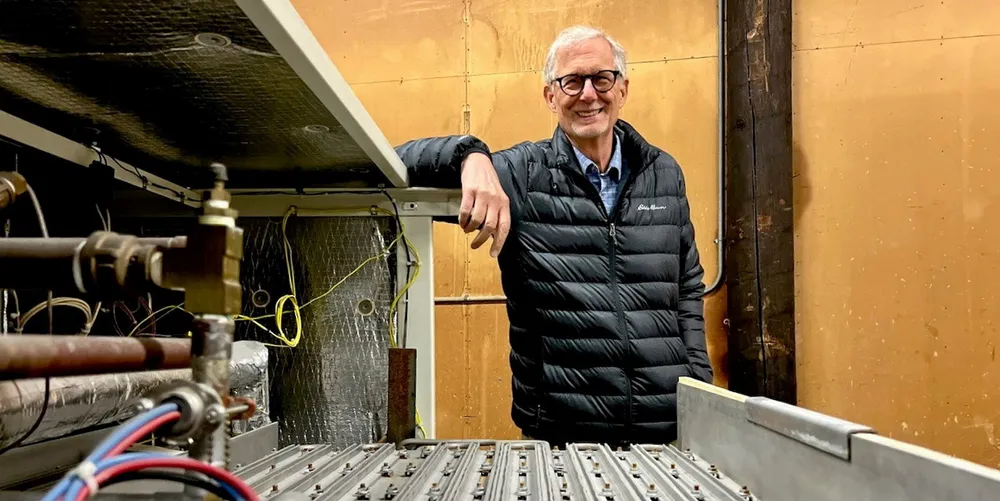'Battery groupies' | Can Thomas Edison's lost patent topple the mighty lithium-ion?
The founder of Enzinc talks to Recharge about his company’s call-up by the US navy, taking on the dominant ‘solution for everything’ and how energy storage is now a social ice-breaker
